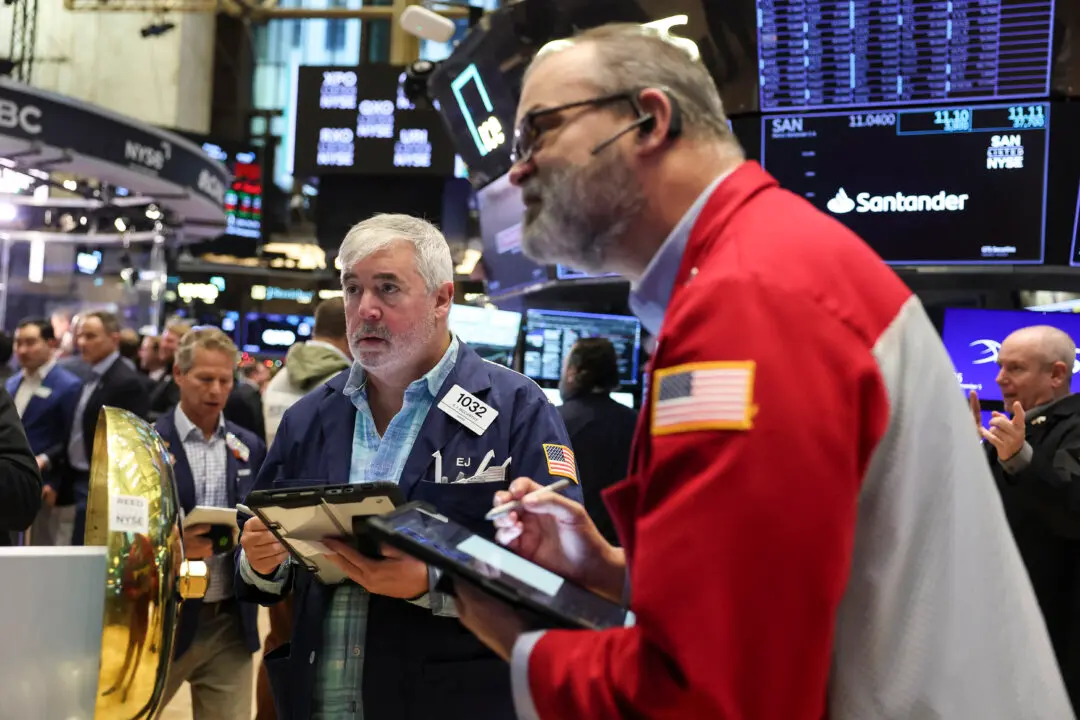Commentary
The year is ending with a significant level of optimism among investors, focusing on an expected string of rate cuts from the Federal Reserve and an estimated economic soft landing. However, a soft landing is a very rare event. Since 1975, there have been nine rate-hike cycles, and seven of them ended in a recession. Why? We must understand that the concept of “landing” that the Fed repeats constantly is exactly that: a recession. A soft landing is a significant decline in the aggregate money supply, which entails lower credit and access to capital for families and businesses. There’s no other way to lower inflation, which the extraordinary and unnecessary increase in the money supply in 2020 caused.





